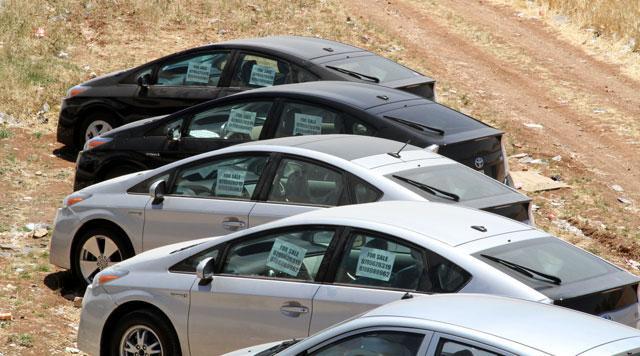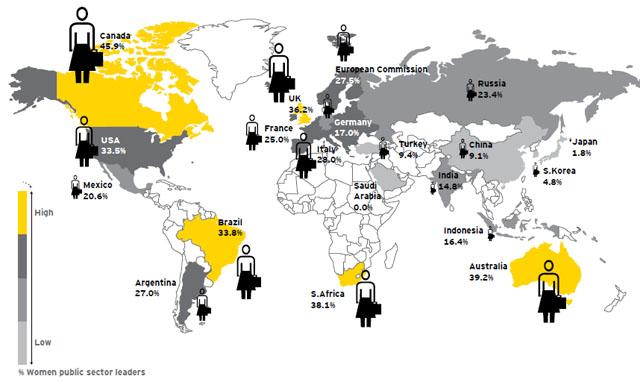You are here
2020 witnessed 45% drop in labour protests — report
By JT - May 23,2021 - Last updated at May 23,2021
AMMAN — Labour protests in 2020 dropped by 45 per cent compared with 2019, standing at 145 protests in 2020 down from 266 in 2019, the 2020 annual report on labour protests revealed on Sunday.
The report, prepared by the Jordan Labour Watch (JLW) of the Phenix Centre for Economics and Informatics Studies in cooperation with the Friedrich Ebert Foundation, said that 2020 witnessed new form of protests related to dealing with the COVID-19 pandemic and closures in the Kingdom, which led to job losses and higher unemployment rates.
The percentage of protests related to the application of new regulations, causing damage to workers ranked first at 24.8 per cent. These protests focused on opposing government decisions to regulate various economic sectors, according to a JLW statement.
Protests calling for raising wages and allowances or maintaining them came second at 23.4 per cent of total protests.
Other protests were carried out by unemployed people demanding jobs and in protest against lay-offs, in addition to demonstrations against the closure of the Jordan Teachers Association.
As for the organisers of the protests, the report noted that over a period of 10 years, the majority of labour protests were organised by labour groups that were not affiliated with any association, comprising 59 per cent of the total protests. This high percentage shows “a lack of negotiation channels” between workers who are not associated with any association and business owners.
Meanwhile, the report suggested amending Labour Law articles related to labour disputes and dispute settlement, as well as other items related to forming labour associations.
Related Articles
AMMAN — A government decision to increase the tax on hybrid vehicles to reach 45 per cent came into effect on Friday, much to the displeasur
AMMAN — Only 5 per cent of domestic water is used for drinking and cooking purposes, according to a new study, which said that 45 per
Women constituted 45 per cent of the public sector workforce in the first quarter of 2015, but their representation in the senior-most positions stood at 7 per cent, according to an official study.



















